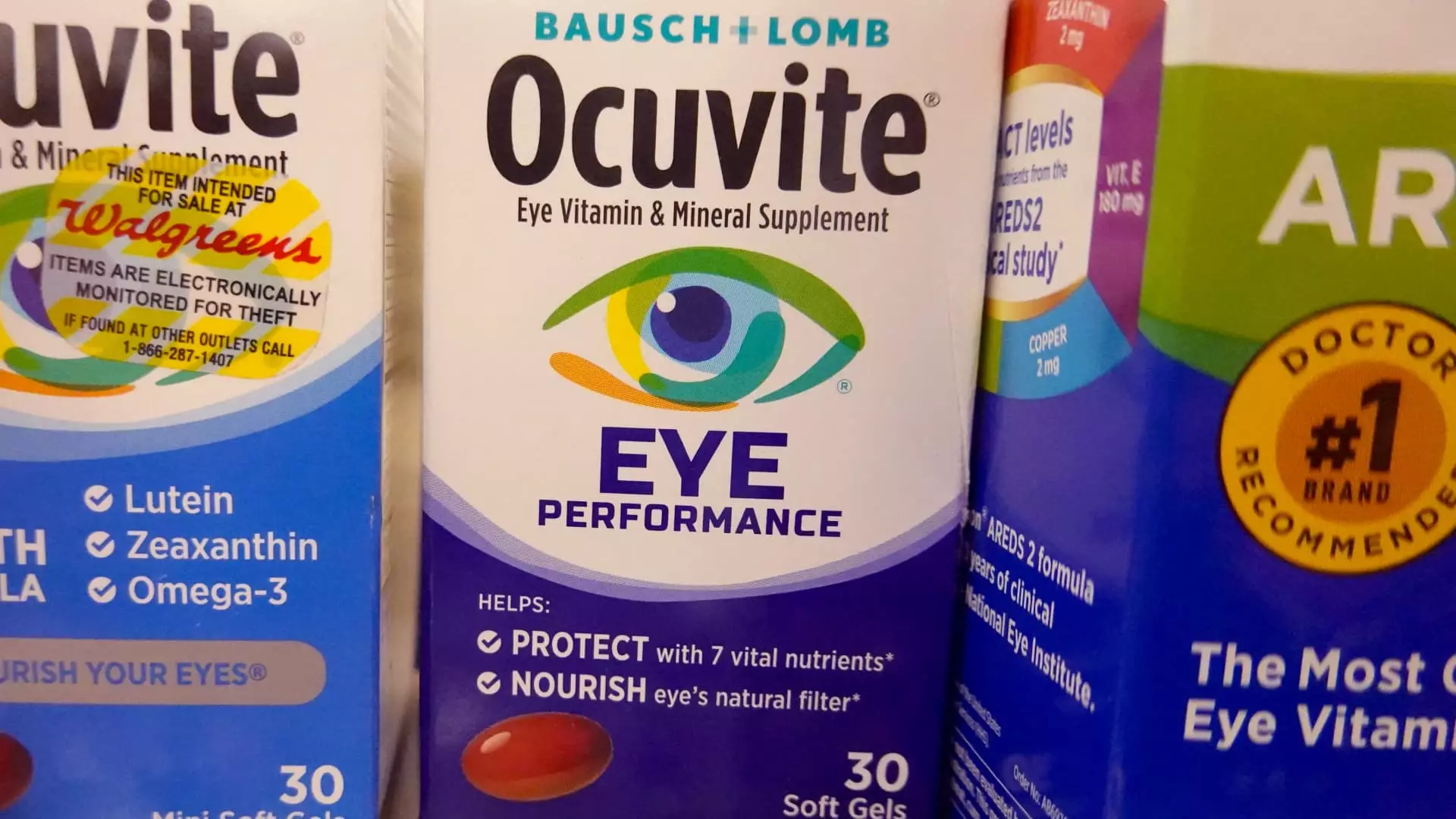Bausch Health, previously identified as Valeant Pharmaceuticals, stands as a formidable entity within the global pharmaceutical landscape, marked by its diverse therapeutic offerings. With its headquarters in Canada, the company actively engages in various sectors, such as dermatology, gastroenterology, neurology, and ophthalmology. This article delves into the current challenges, recent strategic maneuvers, and the potential for future growth and shareholder value, particularly through its prominent segment, Bausch + Lomb.
Bausch Health’s corporate structure is delineated across five principal divisions: Bausch + Lomb, Salix Pharmaceuticals, International Rx, Solta Medical, and Diversified Products. This diversified approach enables the company to mitigate risks associated with dependence on any single market while leveraging opportunities across multiple healthcare segments. The strength of Bausch + Lomb as a leading eye care provider exemplifies the company’s capability to shine even within a competitive environment.
However, despite its considerable presence, Bausch Health has borne the brunt of various operational and strategic hurdles. The scrutiny brought upon by activist shareholders, notably Carl Icahn, has catalyzed a renewed focus on enhancing shareholder value. Icahn’s engagement with the company, commencing with a 13D filing to the U.S. Securities and Exchange Commission in early 2021, underscores the urgency for Bausch Health to refine its corporate strategy and its governance structures.
Icahn’s intervention led to the expansion of the board of directors, increasing their capacity to incorporate fresh insights and possibly innovative strategies conducive to elevating shareholder confidence and market performance. The appointment of his portfolio managers to the board was arguably a significant pivot, allowing for a more aggressive examination of strategic decisions moving forward.
Furthermore, the spinning off of Bausch + Lomb as an independent public entity in mid-2022 yet retaining a substantial ownership stake has positioned the company to potentially unlock value that was previously obscured by its complex operational framework. Such moves may indicate a strategic cleansing aimed at sharpening the corporate focus while optimizing the performance of its remaining business lines.
Recent reports from the Financial Times indicate that Bausch + Lomb is exploring avenues for sale, a strategy that could resolve its burdensome debt situation while allowing the company to capitalize on its core competencies and market presence. Presently, Bausch Health’s consolidated debt amounts to an alarming $20.4 billion, which poses significant challenges for market dynamism and investor appeal. Analysts posit that a successful sale could substantially raise the enterprise value of Bausch + Lomb, projected at $10 billion, unlocking enhanced liquidity for both Bausch Health and its shareholders.
Notably, the current market multiples of peer companies illustrate a troubling disparity for Bausch + Lomb, as it trades markedly below its potential valuation based on industry standards. Comparisons to competitors such as The Cooper Companies and Alcon, which command significantly higher enterprise value-to-EBITDA ratios, underscore the potential disconnect between market sentiment and intrinsic value.
The healthcare landscape is rife with opportunities, and for Bausch Health, the next few years may prove decisive. Of particular interest is the Salix Pharmaceuticals division, which remains the second most profitable segment behind Bausch + Lomb. Its reliance on the Xifaxan drug poses both an opportunity and a risk: while current revenue streams are substantial, the impending patent expiration in 2028 casts a long shadow over future profitability if new innovations or alternative offerings are not developed.
Conversely, by effectively managing the forthcoming transition post-Xifaxan’s patent expiration, Bausch Health can pivot its portfolio to incorporate new drugs or therapies that align with market needs, thereby maintaining its revenue trajectory and investor interest.
The roadmap ahead for Bausch Health is clearly laden with challenges yet sprinkled with opportunities. The company is at a crucial juncture, where strategic decisions made now will undeniably sculpt its appeal to investors and stakeholders alike. By fostering a culture of transparency, harnessing the insights of a diversified board, and keenly focusing on operational improvements, Bausch Health holds the potential to convert its formidable challenges into avenues for growth.
As market dynamics continue to evolve, the successful navigation of these strategic pivots will be pivotal. Not only will they determine the company’s capacity to service its debt and grow sustainably, but they will also form the backbone of its reputation in an ever-competitive healthcare environment. Ultimately, the intrinsic value derived from Bausch + Lomb, along with effective leverage over its remaining divisions, could signal a more robust future for Bausch Health in the broader pharmaceutical industry.

Leave a Reply